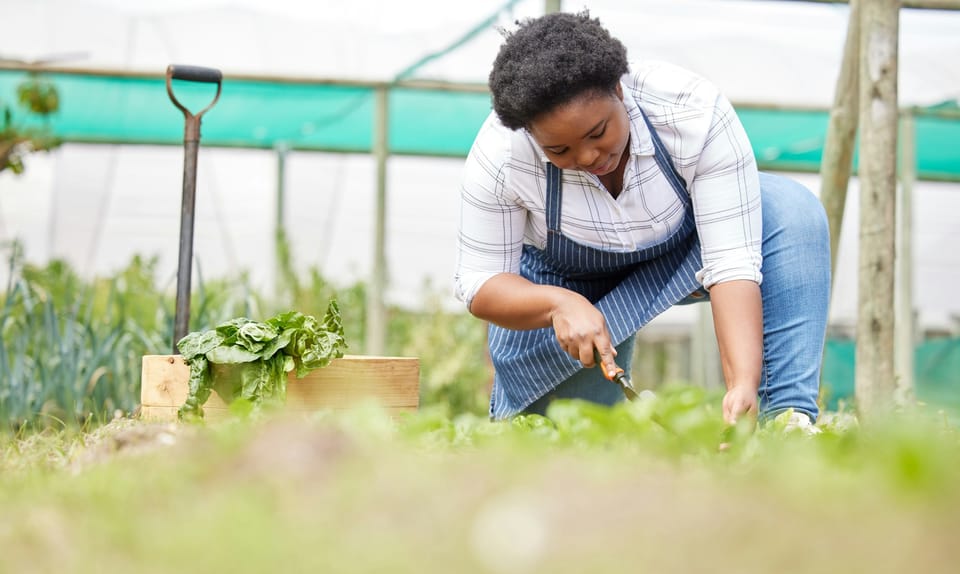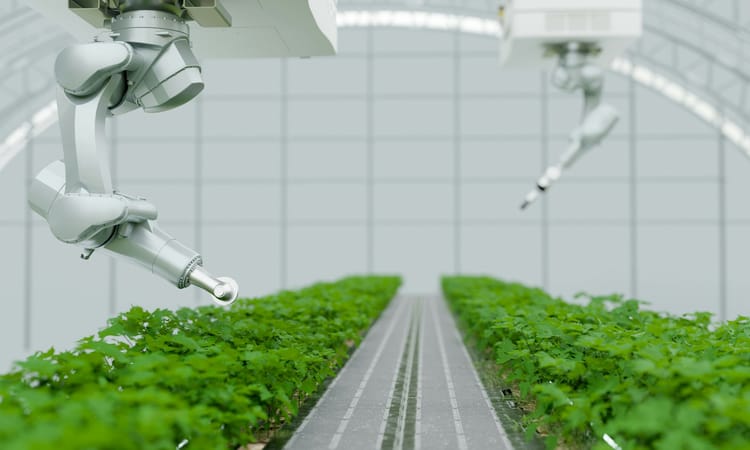Understanding High Tunnel Use for Growing Vegetables in the Southeast.

Understanding High Tunnels for Vegetable Production in the Southeast
High tunnels, also known as hoop houses, are an innovative approach to extend the growing season of vegetables, providing numerous benefits for farmers in the Southeast region. This method involves using large, tunnel-like structures covered with clear plastic to create a controlled environment for vegetable cultivation, without the need for the heating technology used in traditional greenhouses. Let's delve into what you need to know about leveraging high tunnels for vegetable production in the Southeast.
<h3>Benefits of High Tunnels</h3>
<p>High tunnels offer a myriad of advantages for vegetable producers, including:</p>
<ul>
<li><b>Extended Growing Season:</b> By protecting crops from early spring frosts and late autumn cold, high tunnels extend the growing season, allowing for earlier planting and later harvesting.</li>
<li><b>Improved Crop Quality and Yield:</b> The controlled environment reduces the incidence of disease and pests, leading to healthier plants and more abundant harvests.</li>
<li><b>Water Conservation:</b> Since rainfall is excluded from the high tunnel, irrigation can be controlled more precisely, leading to better water efficiency.</li>
<li><b>Enhanced Market Opportunity:</b> Growers can take advantage of higher market prices during the off-season by producing crops outside the typical growing calendar.</li>
</ul>
<h3>Key Considerations for Successful High Tunnel Use</h3>
<p>To maximize the benefits of high tunnels for vegetable production, several factors need to be considered:</p>
<ul>
<li><b>Location:</b> Choose a site that has good drainage, access to water, and protection from strong winds. South or southeast-facing sites are preferable for maximum sunlight exposure.</li>
<li><b>Structure and Size:</b> The design and size of the high tunnel should accommodate the specific types of vegetables you plan to grow and the scale of your operation.</li>
<li><b>Soil Management:</b> Regular soil testing, proper fertilization, and crop rotation inside the high tunnel are crucial to maintain soil health and productivity.</li>
<li><b>Ventilation:</b> Effective ventilation systems are essential to prevent overheating and manage humidity levels within the high tunnel.</li>
</ul>
<h3>Irrigation and Pest Control</h3>
<p>Irrigation and pest control are critical components of high tunnel vegetable production. Drip irrigation systems are commonly used in high tunnels due to their efficiency in delivering water directly to the root zone of plants. Integrated pest management (IPM) practices, including the use of natural predators, barriers, and selective organic pesticides, are recommended to manage pests without harming the environment or the crop.</p>
<h3>A Final Thought</h3>
<p>High tunnels present an excellent opportunity for vegetable producers in the Southeast to improve their crop quality, yield, and profitability. By understanding and implementing the right strategies for site selection, structure choice, soil management, and pest control, farmers can successfully take advantage of the benefits that high tunnels offer. As this method of production continues to grow in popularity, staying informed and adaptable will be key to success.</p>
<p>For those interested in exploring high tunnels for vegetable production, further information and personalized advice can be obtained through consultation. Do not hesitate to use the contact form to get in touch with us for more comprehensive guidance tailored to your specific needs and circumstances.</p>




